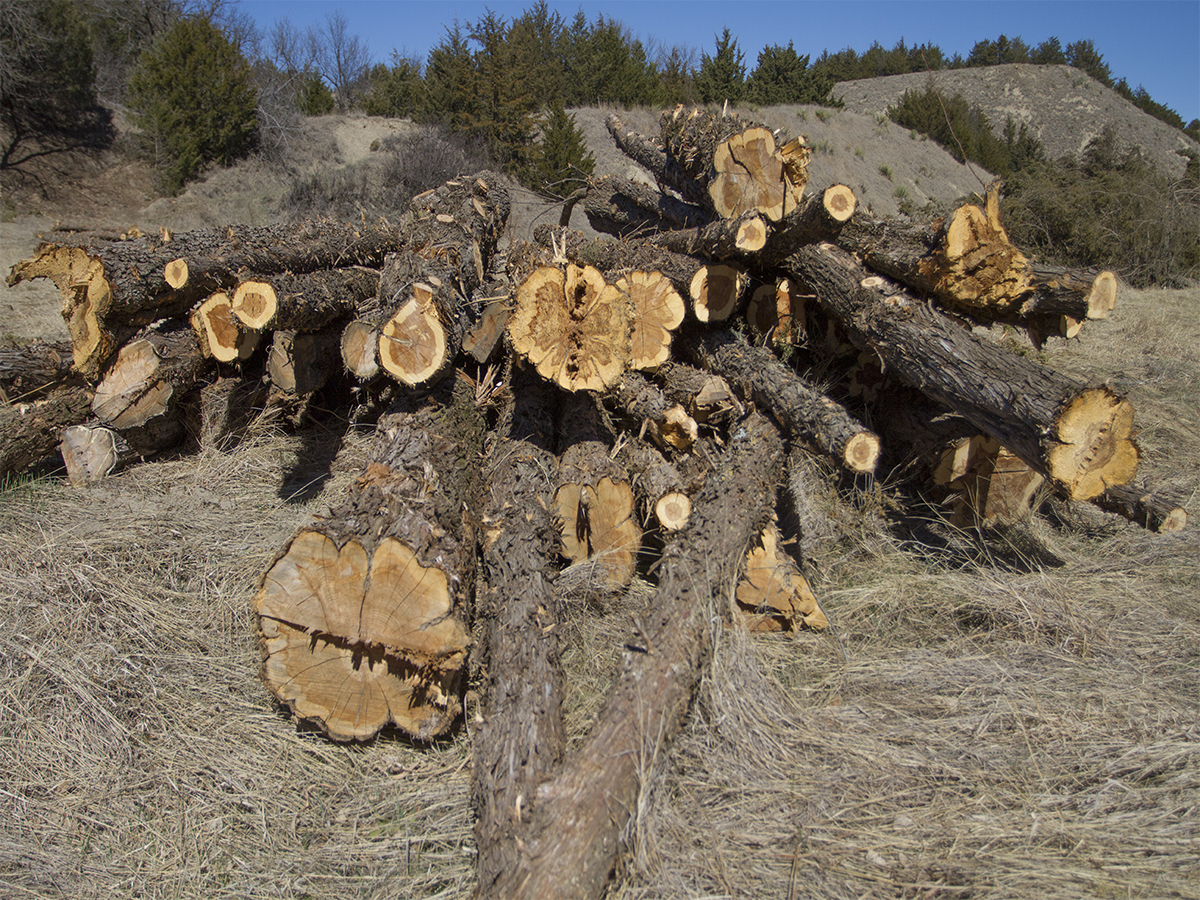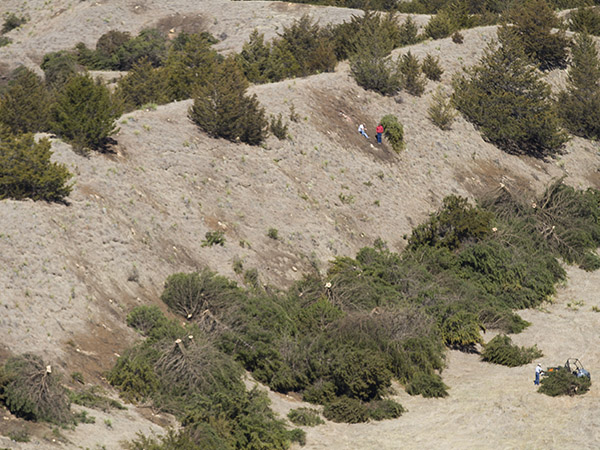
If you keep an ear to the ground on the health of Nebraska’s grasslands, there is no doubt you have heard about eastern redcedar. Generations of ranchers and farmers tapped redcedar for everything from fence posts to windbreaks. Yet, within the last five years, this Nebraska native has started to catch serious flak.
The encroachment of eastern redcedar—according to the Nebraska Conservation Roundtable—has an array of negative impacts on forests and grasslands. Chief among them is the conversion of grassland to cedar forest. This obviously reduces pasture productivity and health; however, it also displaces ground-nesting birds and countless other animals that rely on prairies.
For rural communities, the lack of "defensible space" is another serious issue. Dry conditions and strong winds can push fires into eastern redcedar stands, causing “flare-ups”. Last year, eight homes were scorched and residents were evacuated after a grass fire spread to cedar trees at Lake McConaughy. A similar scene unfolded in McCook in March.
There is no question that redcedar is altering grasslands, forests, water resources, and wildfires on a large scale. Between 2005 and 2015, for example, the number of cedar seedlings in Nebraska doubled to nearly 275 million. There are a host of reasons how it got so bad so quickly. The primary one researchers and land managers point to is the lack of wildfire in today’s landscape.
The Nebraska Forest Service (NFS) is one of many agencies that advocate for a multilayered attack, hinged on utilization. There are, however, an array of opinions on how to bring the tree back under control. The Nebraska Forest Service (NFS) is one of many agencies that advocate for a multilayered attack, hinged on utilization. NFS inventories estimate Nebraska’s redcedar resource to be around 8.9 million tons, worth somewhere in the neighborhood of $500 million. These trees can be used as sawlogs, fence posts, woodchips for fuel in wood energy systems, animal bedding, and many other wood-based products. The question then becomes not why should we harvest eastern redcedar but how.

Mechanized removal of redcedar costs around $600 an acre. If we wanted to keep pace with the tree’s expansion during 2005-2010, we would need to spend about $23 million each year on management. This is where utilization comes into play, providing markets for what would otherwise be wasted wood. Estimates by the NFS show that if we could tap into the annual growth of eastern redcedar, we could sustainably and indefinitely generate between $16 and $22 million in wood chip sales every year.
There is no question Nebraska still has a ways to go to make this a reality. The NFS and members of Nebraska’s Conservation Roundtable have a plan in place. It includes everything from refining geospatial data on redcedar’s spread to expanding cost-share funding for management.
If redcedar encroachment is an issue on your horizon, you will want to read the group’s position paper.